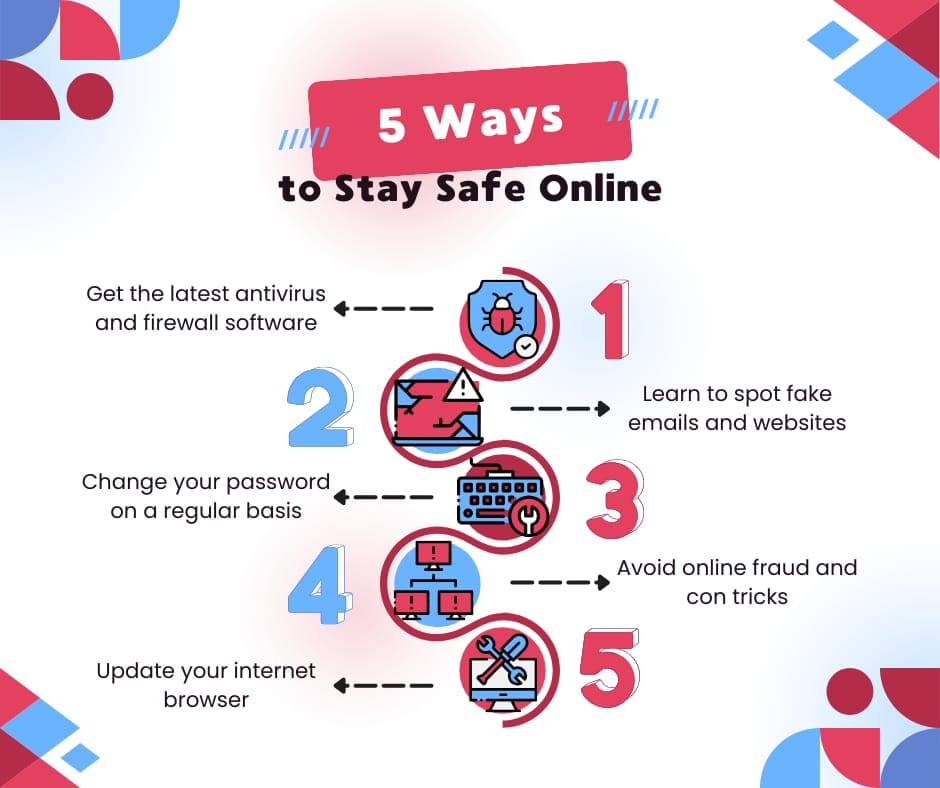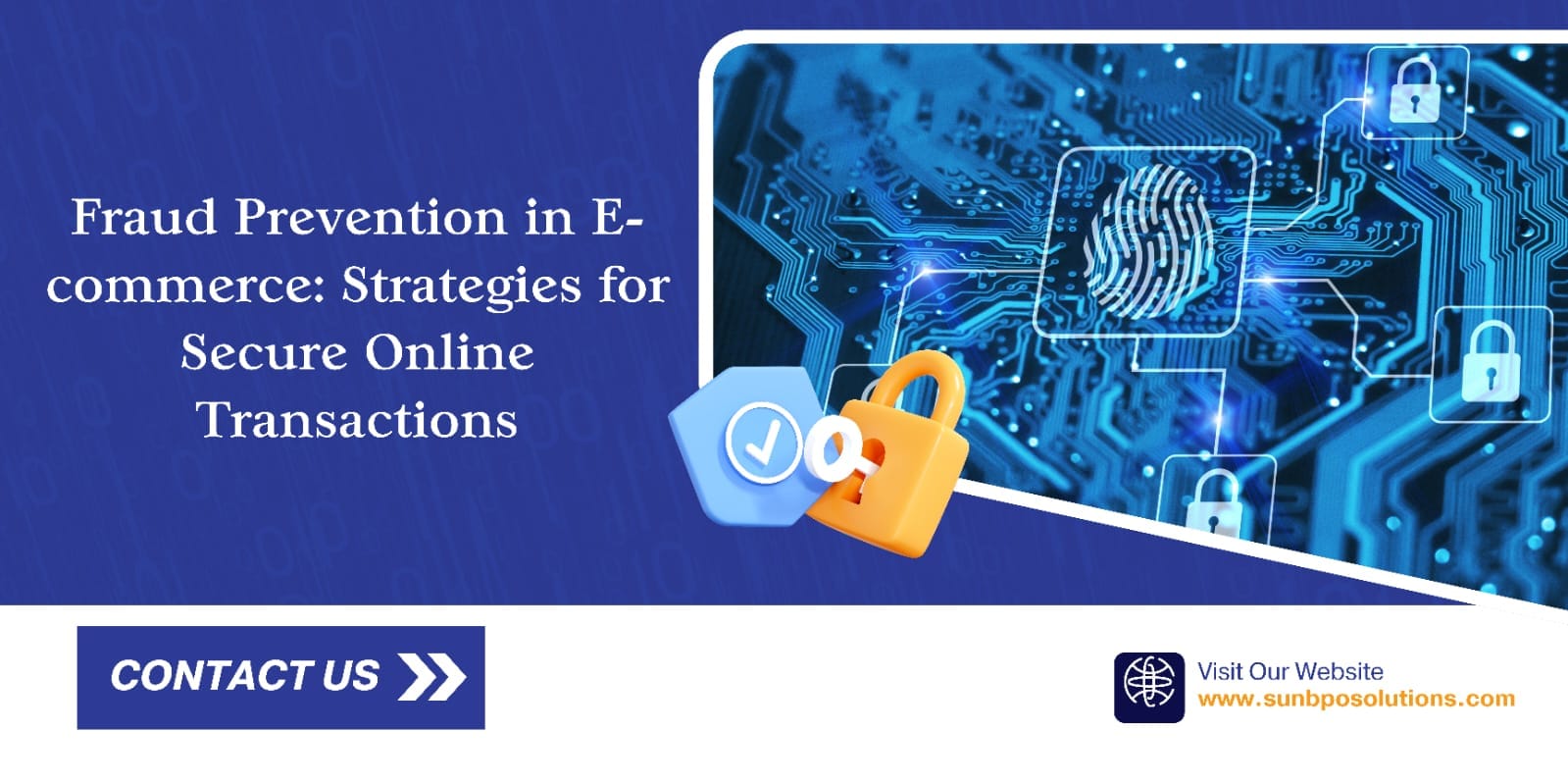Table of Contents
Introduction
The rise of e-commerce has revolutionized global shopping, but it has also increased the risk of Fraud in E-commerce. Cybercriminals exploit weak security systems, leading to data breaches, financial fraud, and identity theft. To build trust and protect customers, businesses must implement strong fraud prevention strategies and adopt secure payment methods for online transactions.
This article explores key fraud prevention techniques in e-commerce, the best online transaction security practices, and secure payment methods to safeguard your business.

Understanding E-commerce Fraud: The Growing Threat
Why is E-commerce Fraud on the Rise?
The increasing reliance on digital payments, mobile shopping, and AI-driven transactions has led to a surge in fraudulent activities. Some key reasons include:
✔️ The rise of automated bots conducting mass fraud attempts.
✔️ The availability of stolen data from data breaches on the dark web.
✔️ Increasing use of phishing scams and identity theft techniques.
✔️ The lack of multi-layered security systems in some e-commerce platforms.
Common Types of Fraud in E-commerce
- Credit Card Fraud – Hackers steal credit card information for unauthorized purchases.
- Chargeback Fraud – Customers falsely dispute transactions to get refunds while keeping the product.
- Account Takeover (ATO) – Cybercriminals hijack accounts using stolen credentials.
- Phishing Attacks – Fraudsters trick users into revealing sensitive login details.
- Promo & Coupon Abuse – Shoppers exploit discount offers using fake accounts.
Key Strategies for Fraud Prevention in E-commerce
✅ MFA adds an extra layer of security by requiring multiple credentials (password, OTP, biometric verification). This reduces the risk of account takeovers and unauthorized transactions.
✅ AI-powered fraud detection tools analyze transaction patterns and flag suspicious activities in real time, minimizing fraudulent transactions.
📌To prevent fraud, businesses should offer secure payment methods, such as:
- Tokenized Payments – Converts sensitive card details into unique tokens, preventing data theft.
- EMV Chip Technology – Reduces card fraud by using encrypted chip-based transactions.
- Biometric Authentication – Uses fingerprint or facial recognition for safer payments.
📌 A PCI-compliant payment gateway with SSL encryption ensures that payment data is securely transmitted, preventing interception by hackers.
📌 AVS matches the billing address with the card issuer’s records, while CVV verification ensures the cardholder has the physical card.
How to Strengthen Online Transaction Security?
1. Monitor Transactions with Fraud Detection Software
- Set spending limits to flag high-value transactions.
- Use IP geolocation tracking to detect fraudulent purchases.
- Enable velocity checks to monitor the frequency of purchases.
2. Educate Customers on Fraud Awareness
Encourage customers to:
✔️ Use strong passwords and enable two-factor authentication.
✔️ Avoid clicking on suspicious email links or sharing login credentials.
✔️ Regularly monitor bank statements for unauthorized transactions.
The Future of Online Transaction Security in E-commerce
With emerging technologies, Fraud Prevention in E-commerce is evolving. AI-driven fraud detection, blockchain-based payments, and biometric authentication are shaping a safer e-commerce landscape. By integrating secure payment methods for online transactions, businesses can minimize risks and enhance consumer confidence.
1️⃣ AI-powered fraud detection can analyze large datasets in real-time to block suspicious transactions.
2️⃣ Blockchain-based payments ensure transparent, tamper-proof transactions.
3️⃣ Biometric authentication eliminates password vulnerabilities, offering enhanced security.
Top E-commerce Fraud Types & Their Frequency
Final Thoughts
As e-commerce continues to grow, so does the risk of fraud. By implementing robust online transaction security measures, using secure payment methods for online transactions, and leveraging Fraud Prevention in E-commerce technologies, businesses can protect their customers and ensure financial security.
Would you like expert guidance on fraud prevention strategies for your online store? SunBPO Solutions can help you implement advanced security measures to safeguard your e-commerce business.
Get in touch today!
Stay updated with SunBPO Solutions for the latest trends, insights, and strategies to keep your business ahead of the curve!
Frequently Asked Questions (FAQs)
What are the most common types of Fraud in E-commerce?
The most common fraud types include credit card fraud, chargeback fraud, account takeovers, phishing scams, and promo abuse.
How can businesses improve online transaction security?
Businesses can improve online transaction security by using SSL encryption, PCI-compliant payment gateways, AI fraud detection, and multi-factor authentication.
What are the best secure payment methods for online transactions?
Secure payment methods include PayPal, digital wallets, tokenized card transactions, and biometric authentication.





0 Comments